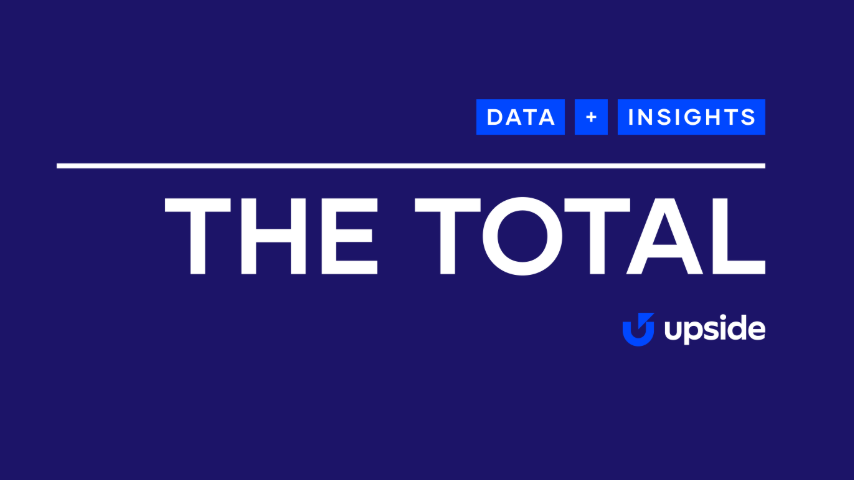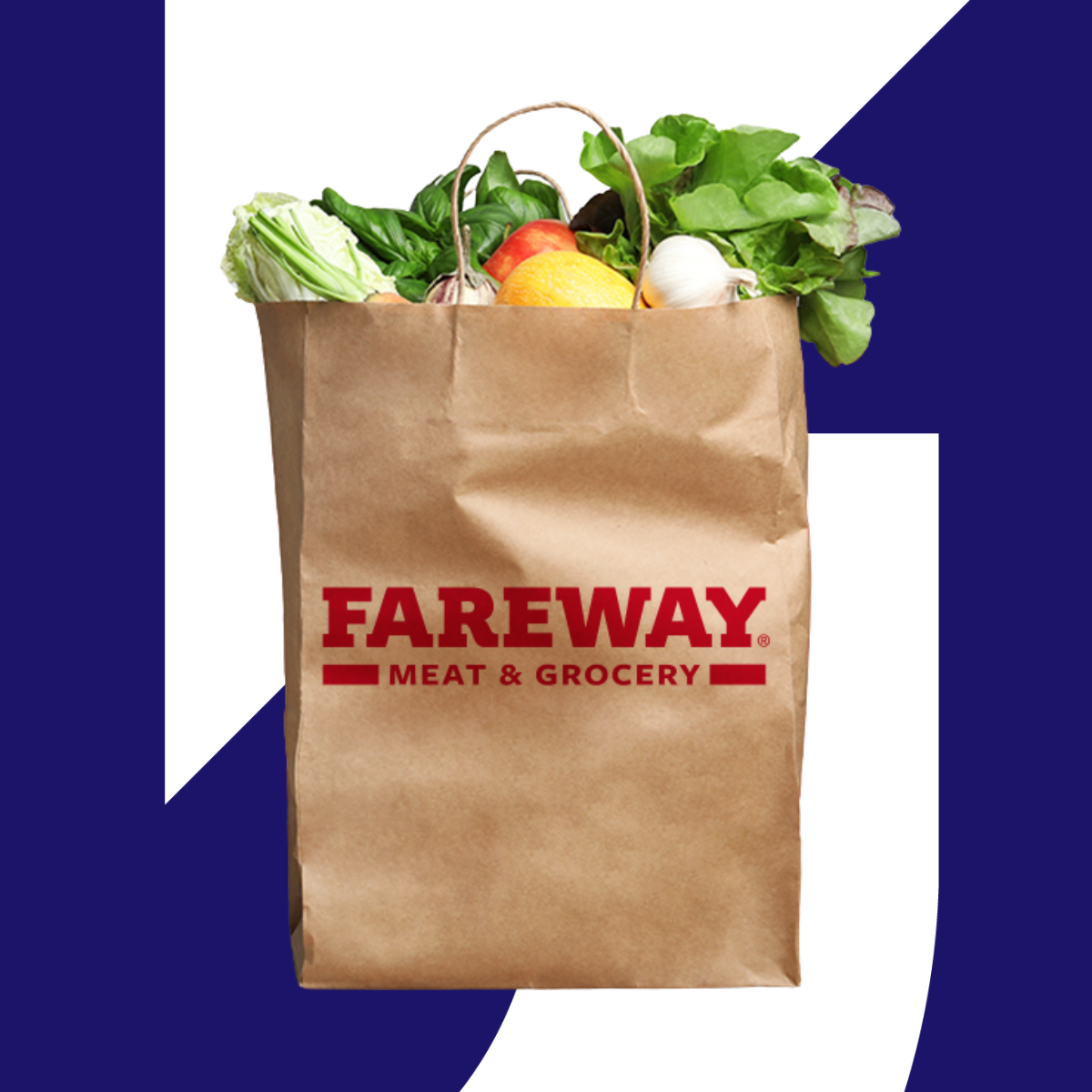Fuel cards are losing ground at the pump
Their declining popularity speaks to changes not just in payment preferences, but in how we think about customer loyalty.

Dr. Thomas Weinandy
For more than 100 years, oil companies have been issuing their own branded credit cards in an effort to earn loyalty from their customers. They’ve taken many forms — from Texaco’s paper card that started it all in the 1910s, to the metal plate cards of the 1950s and the ubiquitous plastic cards we all carry today.
These fuel cards used to guarantee repeat business. Today, though, their impact is declining. And it’s about more than a shift in the way people pay at the pump — it’s a shift in the very definition of customer loyalty.
The shrinking value of fuel cards
For this analysis, Upside looked at 10+ billion fuel and c-store transactions from 15,000+ fuel stations over the course of four fiscal years, from July 2021 through June 2025. We compared fuel card spending to spending by other cards, both in terms of transactions and revenue share.
We learned first that branded fuel cards are valuable to stations because they consolidate spending among higher-value customers. Transactions with fuel cards tend to be larger, averaging nearly $20 more per transaction than other cards in our analysis.
And while these larger transactions still make fuel cards attractive, consumers are using them less today than they used to. From 2022 to 2025, their share of total card transactions fell from 1.5% to 0.9% — a 42% drop in just four years.
Likewise, fuel cards’ share of total card revenue fell by a similar amount over the same time period — from 2.5% to 1.5%, a 41% decline.

Together, these numbers represent a fundamental change in the way that consumers are paying for their gas today. Bigger swipes can’t offset shrinking volume, and the “guaranteed visits” these cards once drove are disappearing. Customers are now loyal to whoever offers the best value — not the card in their wallet.
What’s driving this change?
The shift in consumer behavior is occurring because today’s buyers are increasingly price-sensitive and less attached to a brand. We refer to this type of person as an “uncommitted customer” — someone who prioritizes the value they receive from any given transaction over brand loyalty. The uncommitted customer is not rare; they are commonplace, and they are rational. They seek to provide for their households as best they can using their limited budgets.
Our latest research shows that 74% of fuel customers are uncommitted, on average — that is, they visit a given station less than once a month. Additionally, nearly 65% of new customers churn after just their first month of visits — transacting once or twice at a station before dropping off the retailer’s radar entirely.
Along with credit cards, loyalty programs have long been seen as a way to boost retention and keep customers around for longer. Investments in this area are smart — for one thing, they do improve retention. Plus, loyalty programs are so common across the industry now that they’ve become table stakes for consumers.
But we see that loyalty programs still leave room for growth in keeping customers around. In fuel, 20% of members transact in a given month and don’t return that year.
If credit cards or loyalty programs aren’t moving the needle for fuel customers, then, what does?
Modern customers require modern strategies
To win repeat business, it’s crucial for fuel operators to understand the uncommitted customer and what makes them tick.
Uncommitted customers are:
- Value-seeking: They’re price-sensitive, but price is only one component of value — convenience and quality also factor in.
- Digital: They have everything they need to make purchasing decisions right on their phones, which are never far from their fingertips.
- Opportunistic: They make decisions about where to shop that fit into their lifestyle, which often means making a decision just hours (or even minutes) before they actually buy.
For most uncommitted customers, the inflexibility of fuel cards renders them uninteresting. And today, fuel retailers who still treat credit cards as the cornerstone of loyalty risk being left behind.
To win repeat business today, retailers need strategies that reflect how people actually shop: centered on value, convenience, and flexibility. The future of loyalty won’t be defined by static programs, but by dynamic, data-driven approaches that reward real behavior.
Share this article:
Dr. Weinandy is a Principal Research Economist at Upside, providing valuable insights into consumer spending behavior and macroeconomic trends for the fuel, grocery, and restaurant industries. With a Ph.D. in Applied Economics, his academic research is in digital economics and brick-and-mortar retail. He recently wrote a book on leveraging AI for business intelligence.
Request a demo
Request a demo of our platform with no obligation. Our team of industry experts will reach out to learn more about your unique business needs.









.png)





